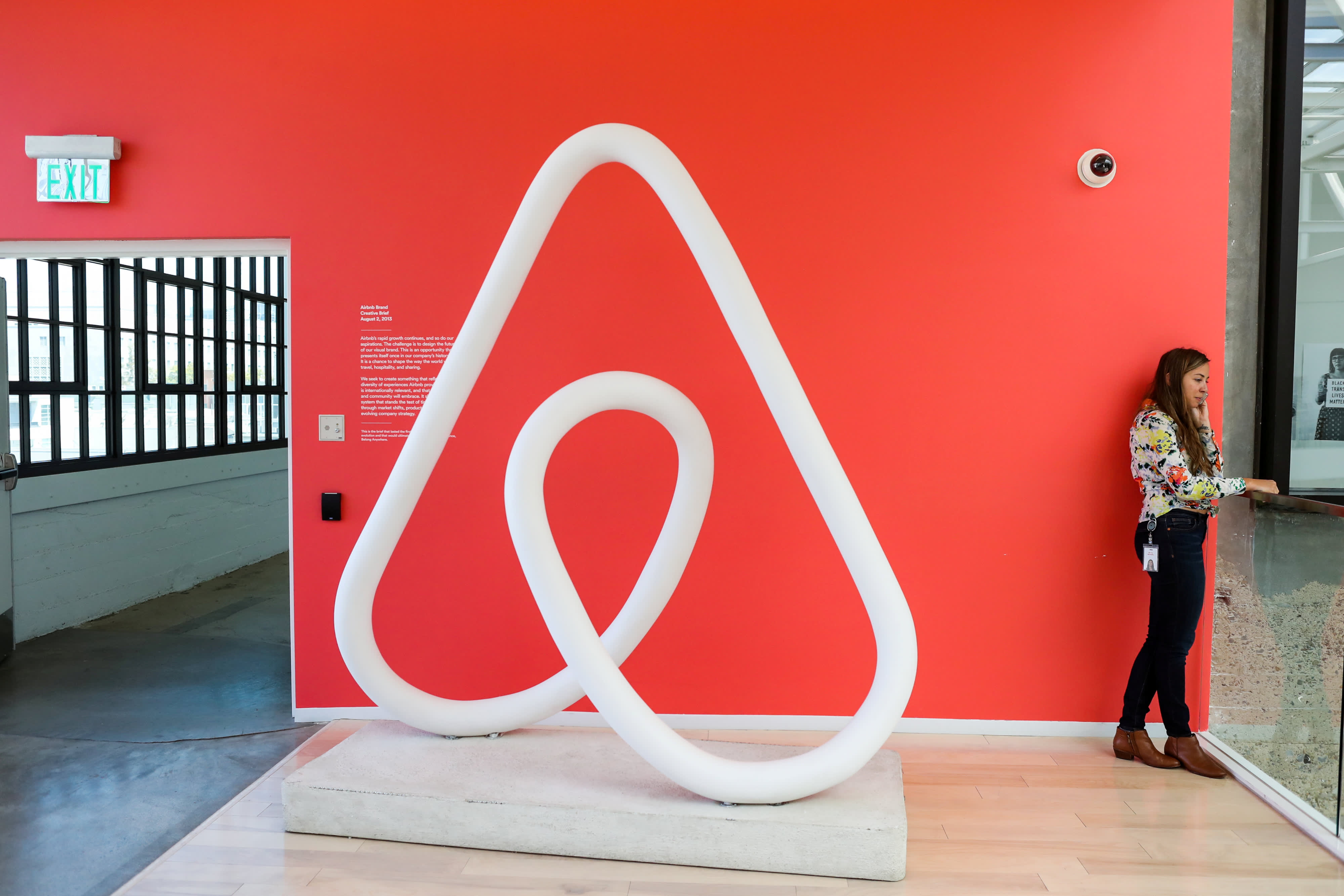Halo system link still holds up more than 20 years later
I just played some Halo on an original Xbox, and it was still very good. | Photo by Amelia Holowaty Krales / The VergeMoments after booting up Halo: Combat Evolved with some friends, stepping onto the legendary Blood Gulch...

Moments after booting up Halo: Combat Evolved with some friends, stepping onto the legendary Blood Gulch map, and dying nearly instantly from a few well-placed pistol shots, I remembered exactly why wires are good.
When my friends brought two original Xbox consoles along for a beach weekend, I expected that there would be some hassle getting them to work for our planned six-player matches. The game and consoles are more than 20 years old, likely predating even the dusty flat-screen TVs we were playing on. But to my surprise, just a few minutes after we had set up the consoles and connected them for system link play, we plugged in some controllers, made a Halo lobby, and began trash talking each other across the entire house.
The simplicity of jumping into Combat Evolved was a major counterpoint to how many hoops there can be in modern multiplayer games. Take Fortnite. My wife and I play the game nearly every day, but we play online across two different systems; I’m on the PS5 while she’s on the Switch. To play together, we both have to start the game; wait for it to load and download any necessary updates; party up; start matchmaking; and wait some more for the match to actually start. And then we can run around the Fortnite island. The whole process doesn’t take too long, but I spend a lot of time tapping my foot impatiently.
Halo over system link was a lot speedier. One group would make a lobby that the other joined, then the lobby-maker would decide the map and the game rules, the game would count down, and then the match would start. Halo even lets you mash the buttons to speed up the countdown, which is something I now want in every local multiplayer game.
With online games, I get that starting a match takes longer by design. The infrastructure that lets you play games with anyone across the world is inherently going to need more time to make sure that everyone’s synced up than two Xboxes lashed together. But it was really nice to be able to hop into a Halo match almost as soon as I sat down to play — LAN parties are good!
It wasn’t just the networking that benefitted from a wired connection; the wired Xbox controllers were unexpectedly great as well. Later in the weekend, we wanted to play a few six-player matches of Super Smash Bros. Ultimate, but I had to spend a frustrating few minutes connecting controllers to my console. We had more than enough for everyone, though a couple people were stuck using a single Joy-Con because there’s a limit to how many controllers can connect to the Switch. And I thank my lucky stars that all the wireless controllers had charged batteries. If they didn’t, I would have just tossed the controllers on the floor out of frustration and switched to a different game.
With Halo, on the other hand, we just plugged three wired controllers into each Xbox console and then everyone was able to play.
LAN parties won’t be the only way I play multiplayer games in the future, and things weren’t perfect. We had to use a paperclip to force open the tray on one Xbox that was having trouble reading the disc. A couple of the controllers showed their age; I had to rest my controller on my legs in just the right way so that a frayed wire wouldn’t disconnect my controller. And completing Fortnite challenges is a near-daily ritual with my wife — I’ll happily deal with the extra waiting time to keep playing with her.
But as tech companies continue to make gadgets and gaming hardware that’s increasingly wireless, it was nice to have an “it just works” experience with a game and consoles that are more than two decades old. And it helps that I had a few good Halo buddies to play with, too.

 MikeTyes
MikeTyes 































